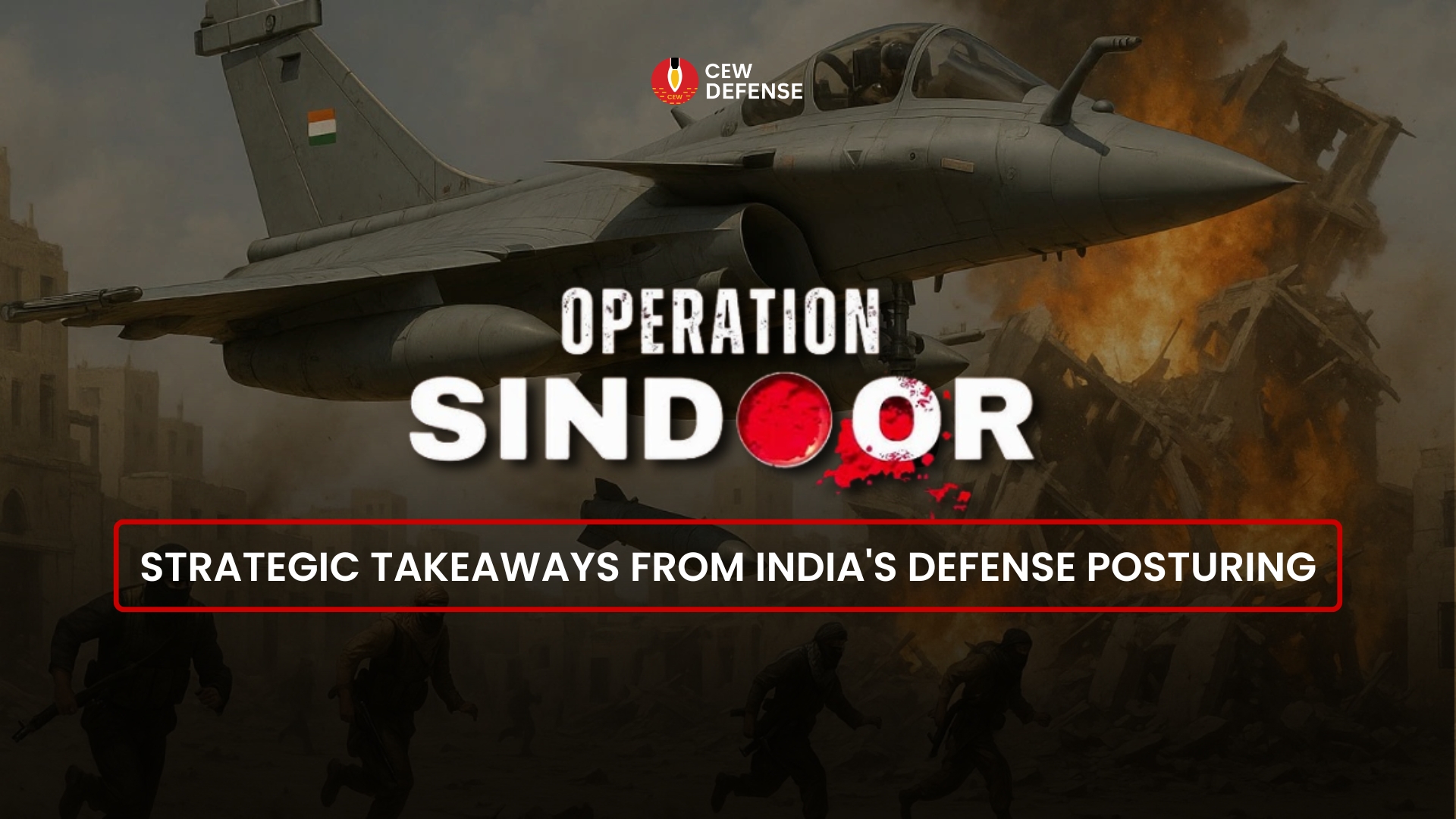The Indian military initiated a series of missile strikes on sites across Pakistan and Pakistan-administered Kashmir early Wednesday, an operation it has named Operation Sindoor. In response, the Pakistani military asserts that it retaliated by shooting down several Indian military aircraft.
According to Lieutenant Ahmed Sharif Chaudhry, the director general of Pakistan’s Inter-Services Public Relations (ISPR), at least 31 Pakistanis have been killed in the six targeted cities. India, on the other hand, reports having targeted nine locations.
But what does this operation mean for the future of India’s defense posture, South Asian stability, and global security? Let’s examine the implications.
What is Operation Sindoor?
After the deadly attack in Pahalgam, India launched Operation Sindoor. This involved targeted strikes on militant camps and military facilities in Pakistan. Key locations hit included Sargodha, Sukkur, and Peshawar. India says the operation was in response to terrorism, aiming to destroy militant camps it believes are supported by Pakistan’s military.
India’s military claimed to use advanced technology, such as BrahMos and SCALP missiles, along with AI-driven surveillance systems. They also stated there were “zero civilian casualties,” though these claims have not been verified, leading to some doubts about their accuracy.
Precision or Power Play? Examining the Claims
India’s military technology is impressive, but claiming zero civilian casualties in such a large-scale operation raises questions. The idea of “surgical precision” in such strikes is hard to believe without independent verification. Without third-party assessments, it’s difficult to know if the operation was as precise as India claims or if there was damage that wasn’t reported. The true success of the operation will depend on the transparency of these claims and independent verification.
Escalation Risk: A Dangerous Precedent?
By attacking sites deep inside Pakistan, India has increased tensions in the region. This sends a clear message that India will not tolerate terrorism. But it also sets a dangerous example, crossing a line that could lead to further conflict. In a region with nuclear weapons, such actions raise the risk of unintended consequences.
Could Pakistan or other countries retaliate in the future? Will this encourage other nations to take similar bold actions, pushing South Asia closer to larger conflicts? These are important questions that need careful consideration.
Retaliation or Aggression?
India’s operation didn’t just target militants; it also struck government infrastructure, including communication centers and military sites. This raises important legal questions. International law usually makes a distinction between state actors (like a government) and non-state actors (like terrorists). But when the two are connected, as in this case, it’s hard to know whether the strikes were a legitimate act of self-defense or an act of aggression.
Preemptive strikes on military facilities could be justified in certain situations, but they also bring up concerns about international law. As the debate continues, Operation Sindoor is likely to spark a lot of international discussion.
A Showcase of Military Integration
One positive outcome of Operation Sindoor is the demonstration of India’s improved military coordination. The operation was not only carried out by the Army, but also involved the Navy, Air Force, and Intelligence agencies working together across land, air, and sea. This shows India’s growing ability to carry out complex operations, making it a stronger military power on the world stage.
However, while military strength is important, India must also maintain diplomatic efforts to avoid overstepping. Military power alone can’t guarantee long-term peace. A balance between military actions and diplomatic efforts is key to preventing unnecessary conflicts.
Diplomatic Balancing Act: Can India Maintain Stability?
Despite the scale of the strikes, India tried to keep diplomatic channels open with Pakistan. It reportedly offered Pakistan a 72-hour window to stop retaliating and engage in talks. This shows some diplomatic maturity, but it also puts pressure on India’s ability to manage the situation.
The bigger question is: How sustainable is peace in South Asia with such a volatile situation? Without stronger regional security or international mediation, peace achieved through military action may not last.
Mixed Global Reactions: A Complex Diplomatic Landscape
The world’s reaction to Operation Sindoor has been mixed. Countries like France, the UAE, and Australia supported India’s right to defend itself, while the United States praised India’s restraint. However, countries like China and Turkey were more critical, though they didn’t outright condemn India.
This range of opinions highlights the complexity of international relations. While many nations agree with India’s right to defend itself, future operations like this may face more scrutiny depending on their scale and the consequences.
The Takeaway: Bold but Risky
Operation Sindoor marks a shift in India’s defense strategy, moving from restraint to a more assertive approach. While it shows India’s military power and determination to fight terrorism, it also raises concerns about the risk of further escalation in an already tense region.
Precision warfare is becoming more possible with modern technology, but it still presents risks when there’s no verification and no diplomatic support. India’s challenge moving forward will be to balance military strength with diplomatic efforts. In South Asia, where tensions run high, this balance is crucial to preventing even bigger conflicts. As the region continues to change, Operation Sindoor could be just the beginning of an ongoing, high-risk story.







